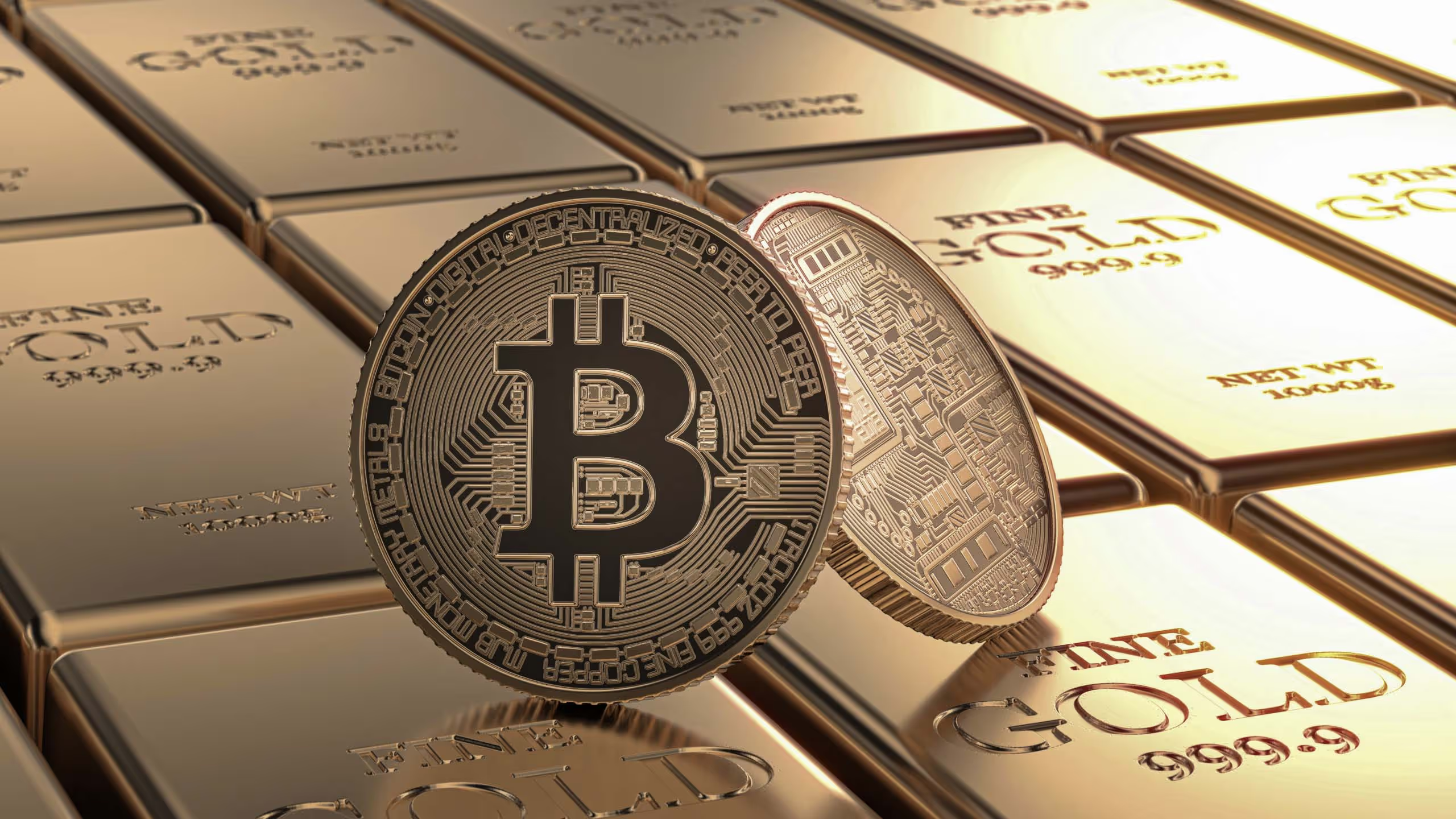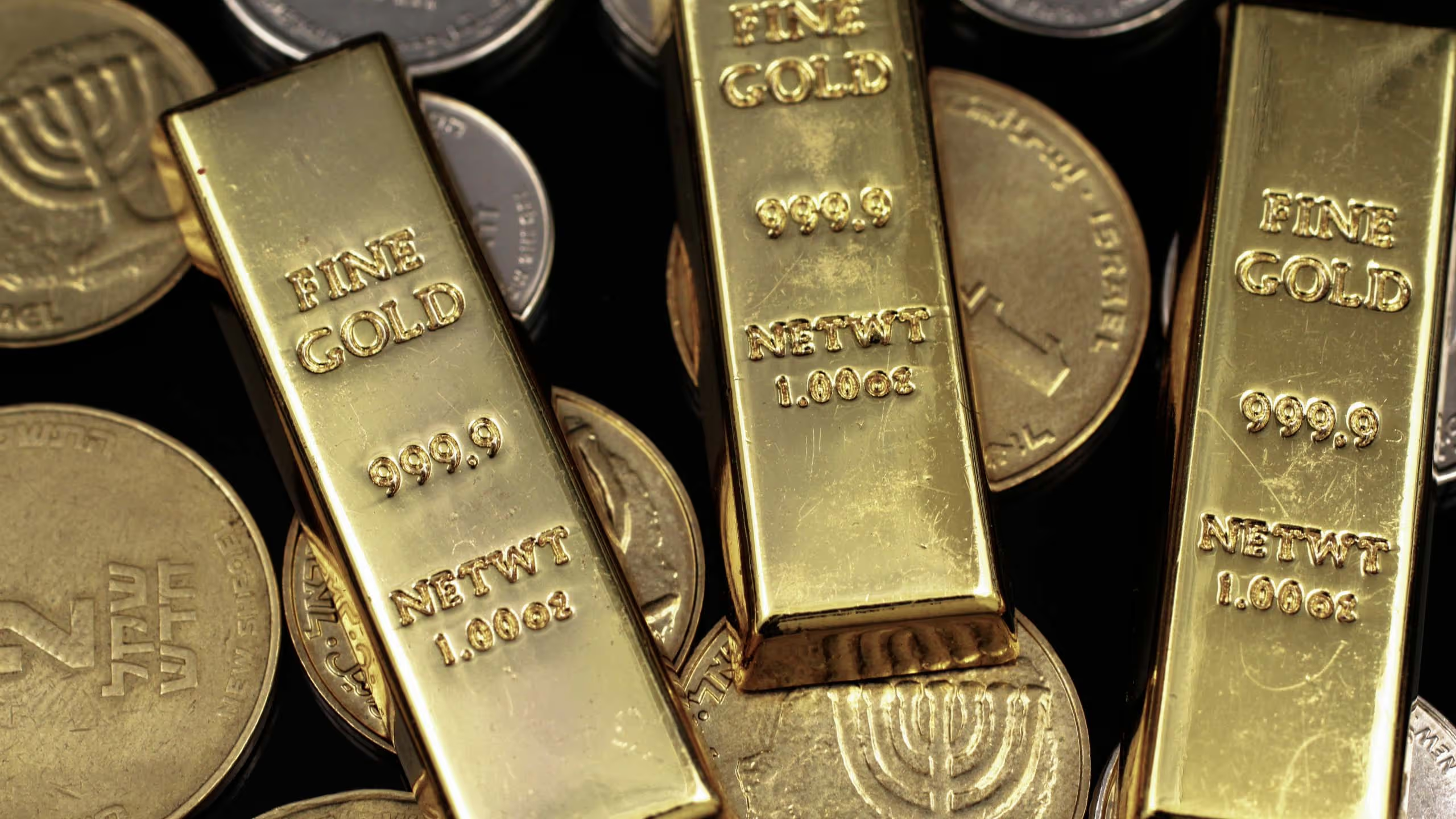What Makes Bitcoin Hard Money?
Understand the concept of monetary hardness and how Bitcoin outperforms gold using the stock-to-flow model.
01. What Is Hard Money?
Hard money is money that resists inflation because it’s difficult to increase its supply. Historically, the hardest forms of money have been commodities like gold and silver, which take time and effort to mine or refine.
The harder the money, the more resistant it is to manipulation or devaluation over time. Soft money, like fiat currencies, can be printed at will—leading to inflation, loss of purchasing power, and distorted markets.

02. Why Hard Money Matters
Hard money protects savings, rewards long-term thinking, and preserves purchasing power. In a fiat system, money loses value over time, pushing people to take unnecessary risks just to maintain their standard of living.
When the money is hard:
Prices fall naturally with innovation (deflation)
Wealth inequality decreases
Individuals can save without being penalised
Governments can’t easily debase it

03. Introducing Stock-to-Flow
The Stock-to-Flow Ratio (S2F) is a simple way to measure the hardness of a monetary asset.
It compares:
Stock = the existing supply
Flow = the new supply added annually
Stock ÷ Flow = Stock-to-Flow Ratio
The higher the S2F ratio, the harder the money. A high S2F means it would take many years of production to double the existing supply — making it scarce, reliable, and inflation-resistant.

04. How Bitcoin Measures Up
To understand just how “hard” Bitcoin is compared to other forms of money, we can look at their stock-to-flow ratios.
Fiat currencies like the US dollar have an extremely low stock-to-flow ratio because governments can create new supply at will — in unlimited quantities — making them some of the softest forms of money in history.
Silver, often considered a monetary metal, has a stock-to-flow ratio around 22, meaning its supply is relatively easy to increase.
Gold, long valued for its scarcity and stability, sits around 62 — making it the hardest traditional money to date.
Bitcoin, however, surpasses them all. Following its 2024 halving, Bitcoin’s stock-to-flow ratio is 121.
With a fixed maximum supply of 21 million and a declining issuance rate every four years, Bitcoin becomes increasingly scarce — mathematically harder than gold, and completely immune to political interference or manipulation.
05. What This Means for the Future
In a world of infinite money printing, Bitcoin stands apart as the first digitally-native, perfectly scarce, decentralised money.
Its hardness is not a narrative — it’s encoded in the protocol.
Bitcoin doesn’t just compete with gold — it surpasses it. And it’s tailor-made for a future where monetary debasement, artificial asset bubbles, and currency collapse are becoming the norm.
